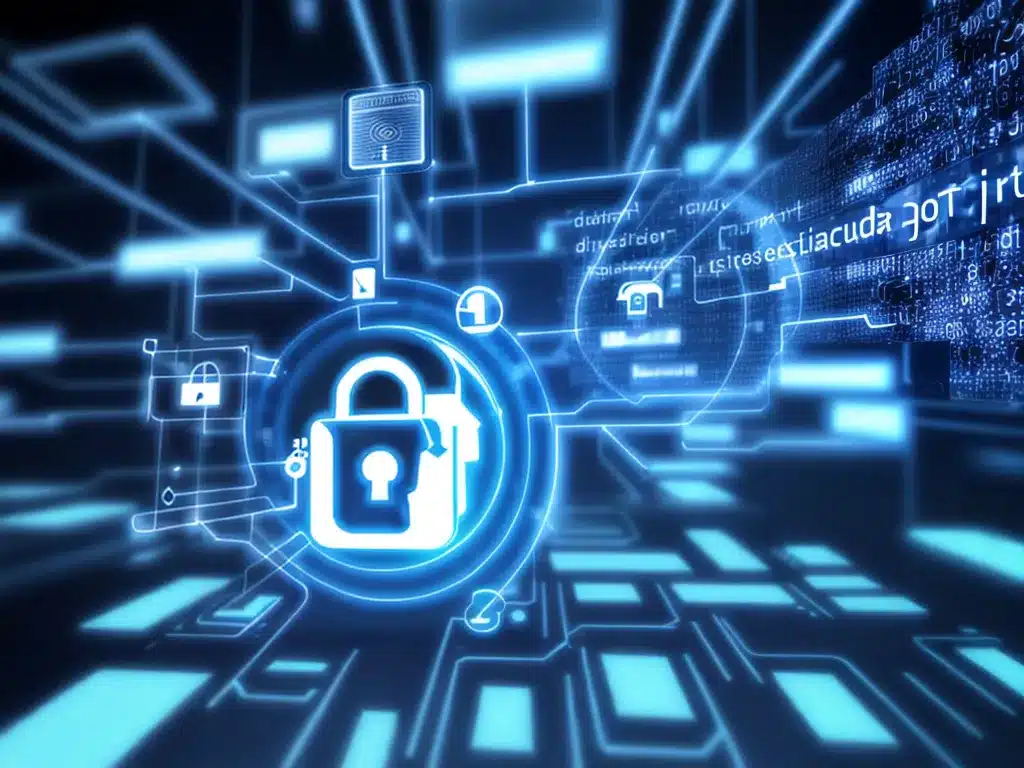The Internet of Things (IoT) brings many benefits, but also introduces new data security risks that must be addressed. Here are some key considerations for protecting data when adopting IoT devices:
Understand the Data Flow
Before deploying IoT devices, you need to understand what data they will generate, where it will be stored, and who will have access.
-
Map out the full data flow from the device sensors to backend servers to analytics platforms. Look for potential vulnerabilities.
-
Identify all data storage and access points. Data at rest, in transit, and in use should all be protected.
-
Know who needs access to the data and limit access to only authorized users.
Implement Strong Access Controls
With multiple connection points, IoT systems have a large attack surface. Apply identity and access management best practices:
-
Use role-based access control to allow only necessary access.
-
Require strong passwords and multi-factor authentication for admin accounts.
-
Automate password rotation and disable inactive accounts.
-
Monitor access attempts and block suspicious activity.
-
Encrypt data in transit and at rest. Use protocols like SSL/TLS and encryption methods like AES-256.
Secure the IoT Devices
The IoT devices themselves must be secured:
-
Change default passwords on devices before deploying them.
-
Keep firmware updated to fix vulnerabilities. Automate patches where possible.
-
Configure security settings properly on devices like enabling encryption.
-
Isolate IoT networks using VLANs to limit damage from malware.
-
Monitor traffic to/from devices to detect anomalous behavior.
Have an Incident Response Plan
No system is 100% secure, so plan ahead for security incidents:
-
Have a response plan documenting roles, responsibilities and actions.
-
Train staff so they are ready if an incident occurs.
-
Have an inventory of all assets to facilitate response.
-
Have backup systems in place and regularly test restores.
-
Have disclosure plans if data is compromised or stolen.
Conduct Audits and Risk Assessments
Regularly audit the full IoT environment – devices, connections, data stores etc. Perform penetration tests to find vulnerabilities. Analyze security risks and have a plan to address them.
Stay Up-to-Date
Monitor for new threats and vulnerabilities. Subscribe to cybersecurity bulletins. Update configurations and patch vulnerabilities quickly. Sign up for product security notifications.
With careful planning and ongoing vigilance, organizations can benefit from IoT capabilities while keeping their data secure. Proper access controls, device hardening, network segmentation, and other measures go a long way to reducing risk.













